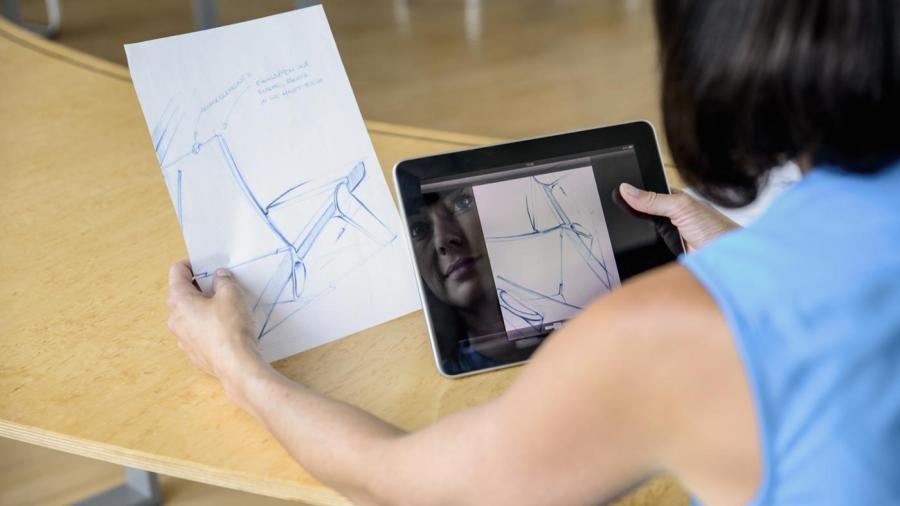What Is the Definition of Orthographic Drawing?

An orthographic drawing is a method that allows someone to represent a three-dimensional object on a two-dimensional piece of paper. By drawing the object for a various angles, the artist is able to show how the object looks in the real world. The process is called orthographic projection.
The number of individual views that are present in a orthographic drawing or sketch is variable. In most cases, the artist needs only three views to give an accurate representation of the object in three dimensions. For example, the three most common orthographic views in the schematic for a house are the top, front, and a side view.
In some cases, however, more views are required to give someone all of the information they need to fully understand the object. As many as six orthographic views are possible. These are the front, top, right side, left side, bottom and rear.
The placement of the various individual views within the drawing is important. The main view is the front view, also called the parent view. The other views are positioned around the front view. The top view is placed on top of the front view and the side views, either left or right, are placed on the appropriate sides.





